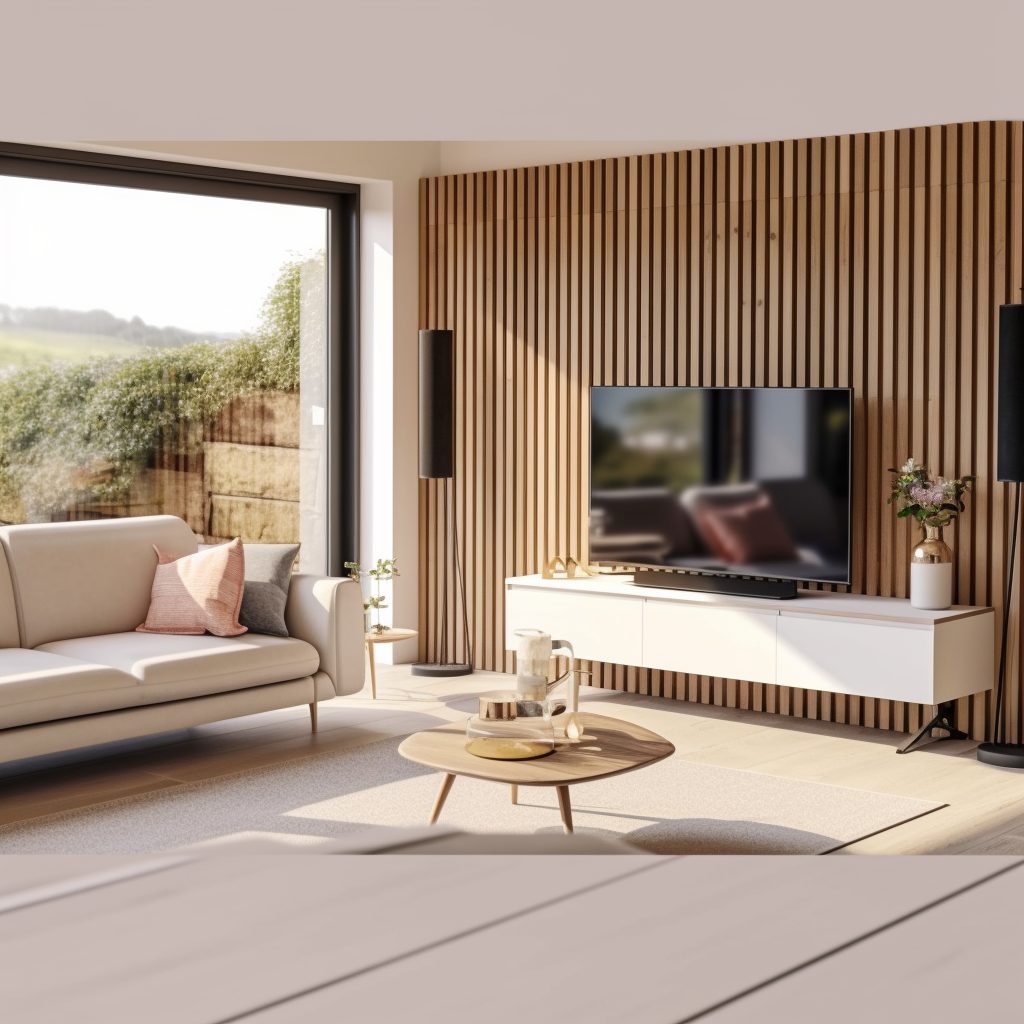Acoustic panels are commonly used to improve sound quality in rooms by reducing noise and echoes. While they are typically installed on walls and ceilings, you might wonder if they can be used on windows. This article explores the effectiveness of using acoustic panels on windows, how to install them, and the benefits they offer.
Understanding Acoustic Panels
Acoustic panels are materials designed to absorb sound waves, reducing noise and improving sound quality in a room. They are often made from materials like foam, fabric, or wood, and come in various shapes and sizes. By absorbing sound, these panels help to minimize echoes and background noise, making spaces more comfortable and acoustically pleasant.
Can Acoustic Panels Be Used on Windows?
Yes, acoustic panels can be used on windows to help reduce noise. However, windows are different from walls because they let light in and are often opened for ventilation. Therefore, using acoustic panels on windows requires careful consideration to balance noise reduction with maintaining natural light and airflow.
Benefits of Using Acoustic Panels on Windows
Installing acoustic panels on windows can offer several advantages:
- Noise Reduction: They help block external noises, making indoor spaces quieter.
- Improved Sound Quality: By reducing echoes, they enhance the clarity of sounds inside the room.
- Energy Efficiency: Some panels provide additional insulation, helping to keep rooms warmer in winter and cooler in summer.
Types of Acoustic Panels Suitable for Windows
When choosing acoustic panels for windows, consider the following types:
- Fabric-Covered Panels: These are lightweight and can be easily attached to window frames.
- Wooden Panels: Wooden acoustic panels, like those offered by Acoustic Wood Panel Wall, provide both sound absorption and aesthetic appeal.
- Portable Panels: These can be moved as needed, allowing flexibility in managing light and ventilation.
How to Install Acoustic Panels on Windows
Installing acoustic panels on windows can be done in a few simple steps:
- Measure the Window: Determine the size of the window to select appropriately sized panels.
- Choose the Panel Type: Select panels that suit your needs and preferences.
- Attach the Panels: Use hooks, Velcro, or brackets to secure the panels to the window frame. Ensure they can be easily removed if you want to open the window.
Considerations When Using Acoustic Panels on Windows
While acoustic panels can help reduce noise through windows, it’s important to consider:
- Light Blockage: Panels may block natural light. Choose panels that can be easily removed or adjusted.
- Ventilation: Ensure that panels do not prevent windows from opening if ventilation is needed.
- Aesthetics: Select panels that complement your room’s decor.
Alternative Solutions for Window Noise Reduction
If acoustic panels are not suitable for your windows, consider these alternatives:
- Heavy Curtains: Thick, heavy curtains can absorb sound and block noise.
- Window Inserts: Additional panes of glass or acrylic can be added to existing windows to reduce noise.
- Weatherstripping: Sealing gaps around windows can prevent noise from entering.
Conclusion
Using acoustic panels on windows is a viable option for reducing noise and improving sound quality in a room. By carefully selecting and installing the right type of panels, you can enjoy a quieter and more comfortable living space without sacrificing natural light or ventilation.
Frequently Asked Questions
-
Do acoustic panels completely block noise from windows?
No, acoustic panels reduce noise but may not block it entirely. They are most effective when combined with other soundproofing methods.
-
Can I still open my windows with acoustic panels installed?
Yes, if you use removable or adjustable panels, you can still open your windows as needed.
-
Will acoustic panels on windows block natural light?
Yes, they can block light. Consider using panels that are easy to remove or adjust to allow light when desired.
-
Are there specific acoustic panels designed for windows?
While most acoustic panels are designed for walls and ceilings, some lightweight and portable panels can be adapted for window use.
-
How do I maintain acoustic panels on windows?
Regularly dust and clean the panels according to the manufacturer’s instructions to maintain their effectiveness and appearance.








